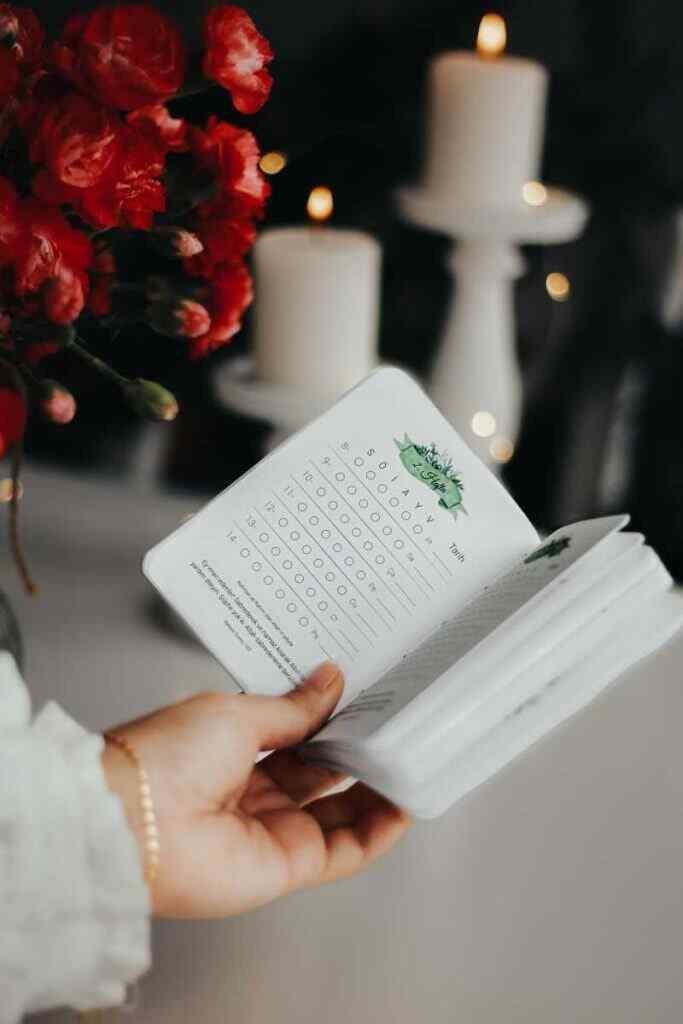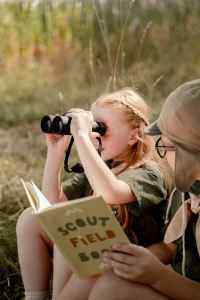The Art of Crafting Compelling Book Blurbs: A Step-by-Step Guide
In the realm of literature, a book blurb is not merely a summary; it’s a captivating invitation, an enticing whisper that draws readers into the world of your story. It’s the first impression, the crucial moment that decides whether a reader will embark on a literary journey with you.
Crafting a compelling book blurb is an art form, a delicate dance of words that requires both creativity and strategy. Whether you’re an aspiring author or a seasoned wordsmith, mastering the art of blurb writing can elevate your book’s visibility and allure.
Step 1: Understand the Purpose and Importance of a Book Blurb
A book blurb serves several crucial purposes:
– Grabbing Attention: A blurb is the hook that catches the reader’s eye and compels them to learn more about your book. It should be an attention-grabbing synopsis, a tantalizing glimpse into the story that leaves them craving more.
– Setting the Tone: The blurb sets the tone and atmosphere of your book. It should reflect the genre, mood, and style of your writing. A thriller blurb should exude suspense and intrigue, while a romance blurb should evoke emotions and desire.
– Providing Essential Information: While a blurb should be concise, it should also convey essential information about the book, such as the main characters, the central conflict, and the stakes involved. It should give readers a clear idea of what the story is about and why they should care.
Step 2: Deconstructing a Compelling Book Blurb
To understand what makes a blurb effective, let’s dissect a few examples:
Example 1: The Hunger Games by Suzanne Collins
“In a dystopian future, Katniss Everdeen volunteers to take her younger sister’s place in the Hunger Games, a televised fight to the death. She must use her wits, strength, and courage to survive.”
This blurb is simple yet effective. It introduces the protagonist, the setting, and the central conflict in a clear and concise manner. The stakes are high, and the reader is left wondering how Katniss will survive and whether she will ultimately triumph.
Example 2: The Iliad by Homer
“Sing, goddess, the wrath of Achilles, Peleus’ son, the direful spring of woes unnumbered, which brought tears to the eyes of the Greeks and sent many valiant souls untimely down to Hades. Thus the will of Zeus was accomplished.”
This blurb is more poetic and epic in tone, invoking the ancient Greek tradition of storytelling. It sets the stage for a grand tale of war, heroism, and tragedy. The reader is immediately drawn into the world of ancient Greece and the legendary conflict between Achilles and Agamemnon.
Step 3: Crafting Your Own Compelling Book Blurb
Now that you understand the purpose and structure of a book blurb, it’s time to create your own. Follow these steps to craft a blurb that will captivate readers:
– Identify Your Target Audience: Who are you writing for? What genre do they prefer? What kind of stories do they enjoy? Understanding your target audience will help you tailor your blurb to their interests.
– Write a Strong Hook: The first few lines of your blurb are crucial. They should grab the reader’s attention and make them want to learn more. Use strong verbs, intriguing questions, or a surprising statement to pique their curiosity.
– Introduce the Main Character: Briefly introduce your protagonist and their goals, motivations, and conflicts. Make them relatable and sympathetic so that readers will root for them.
– Establish the Setting and Atmosphere: Paint a vivid picture of the world your story takes place in. Create a sense of time, place, and atmosphere that will transport the reader into your story.
– Reveal the Central Conflict: Introduce the main conflict or challenge that your protagonist faces. This could be a personal struggle, a societal issue, or a supernatural threat. Make it clear what’s at stake and why the reader should care.
– Use Strong Action Verbs: Use dynamic and evocative verbs that create a sense of urgency and excitement. Avoid passive language and clichés.
– Keep it Concise: A blurb should be brief and to the point. Aim for around 100-150 words, depending on the length and complexity of your story.
– End with a Call to Action: Encourage readers to take action, whether it’s pre-ordering your book, adding it to their reading list, or visiting your website to learn more.
Step 4: Polishing and Refining Your Blurb
Once you have a draft of your blurb, it’s time to polish and refine it. Here are a few tips:
– Read it Aloud: Reading your blurb aloud will help you catch awkward phrasing, repetitive words, and grammatical errors.
– Get Feedback: Ask friends, family members, or fellow writers to read your blurb and provide feedback. Constructive criticism can help you identify areas for improvement.
– Test it Out: Share your blurb on social media or book review websites to see how readers react. Their feedback can give you valuable insights into what works and what doesn’t.
Conclusion: The Power of a Well-Crafted Book Blurb
A well-crafted book blurb is a powerful marketing tool that can make all the difference in the success of your book. By understanding the purpose and structure of a blurb, and by following the steps outlined in this guide, you can create a compelling invitation that will entice readers to dive into your story.
So, embrace the art of blurb writing, experiment with different approaches, and let your creativity shine through. With a compelling blurb, you can unlock the door to a world of readers and embark on a literary journey that will leave an indelible mark on their hearts and minds.





